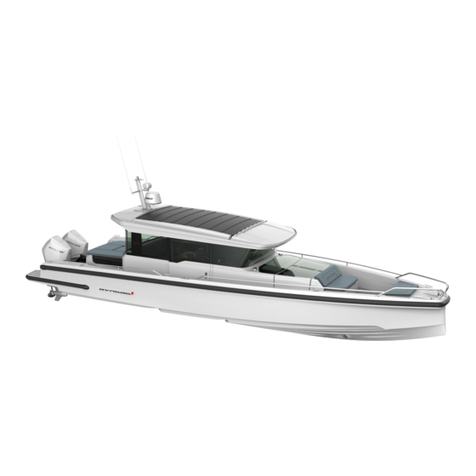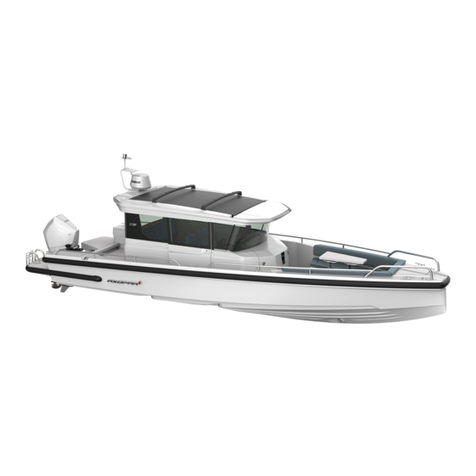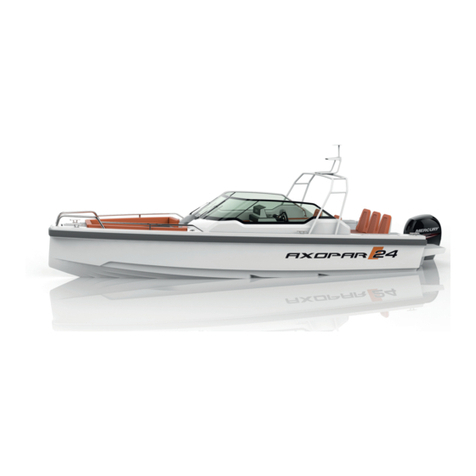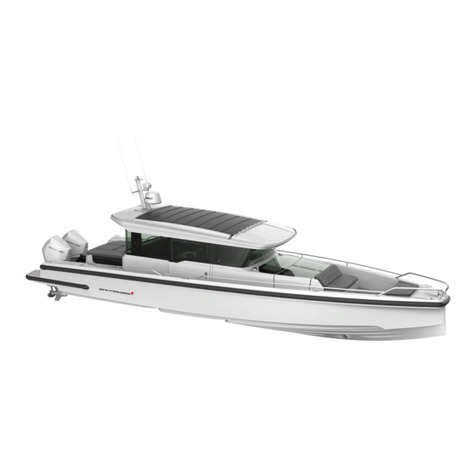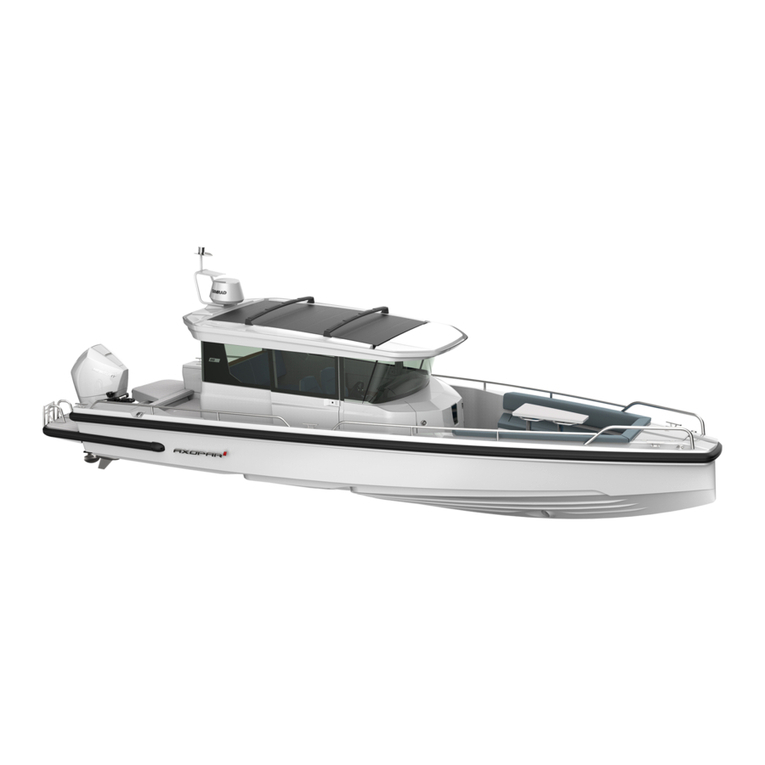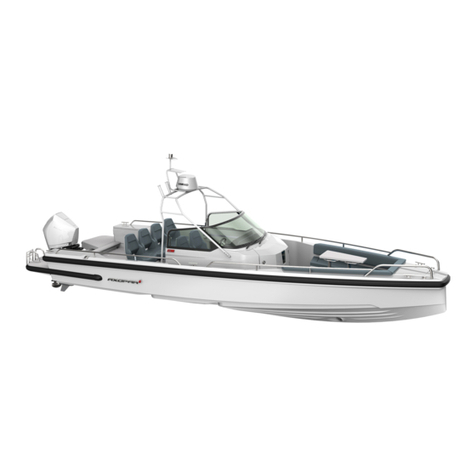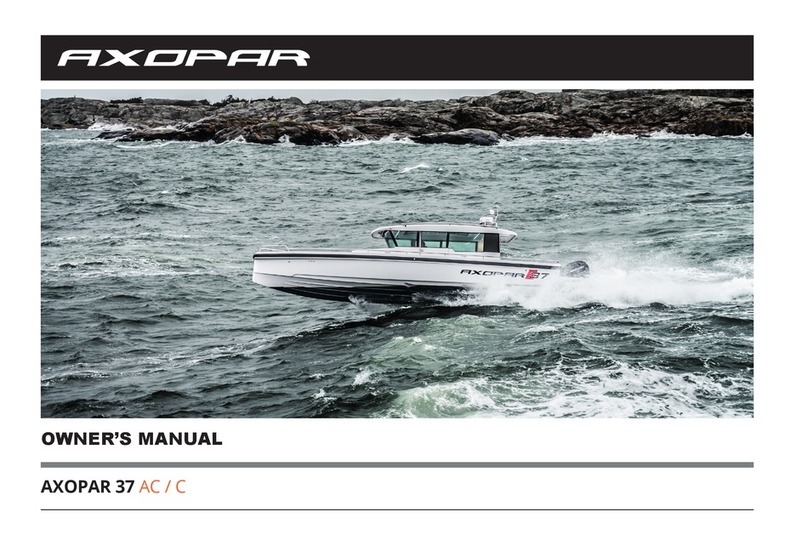
Table of Contents
4.2.7. Batteries................................................................................................................................25
4.2.7.1. Charging the batteries............................................................................................ 26
4.2.7.2. Winter storage ....................................................................................................... 26
4.2.7.3. Cleaning the batteries ............................................................................................26
4.2.8. Fuel system.......................................................................................................................... 26
4.2.8.1. Refueling the boat...................................................................................................27
4.3. Optional equipment.........................................................................................................................28
4.3.1. Fresh water system..............................................................................................................28
4.3.2. Septic system....................................................................................................................... 29
4.3.2.1. Toilet seat................................................................................................................ 30
4.3.2.2. Septic tank.............................................................................................................. 30
5. Transportation.........................................................................................................32
5.1. Lifting the boat................................................................................................................................32
5.2. Transporting the boat..................................................................................................................... 33
6. Operation................................................................................................................ 35
6.1. Handling devices............................................................................................................................ 35
6.1.1. Steering console...................................................................................................................35
6.1.2. Steering console switch panel............................................................................................. 37
6.1.3. Steering system....................................................................................................................37
6.1.3.1. Checking and topping up oil ................................................................................ 37
6.1.3.2. Steering maintenance ...........................................................................................38
6.1.4. Starting the engine............................................................................................................... 38
6.2. Swivel seat - Driver and passenger seats..................................................................................... 38
6.3. Inspecting the boat......................................................................................................................... 39
6.3.1. Checklist: Regular inspection before leaving harbor............................................................39
6.3.2. Checklist: After using the boat............................................................................................. 40
6.4. Handling the boat........................................................................................................................... 40
6.4.1. Checklist: Boat handling before leaving harbor .................................................................. 40
6.4.2. Leaving the jetty ..................................................................................................................41
6.4.3. Driving the boat.................................................................................................................... 41
6.4.3.1. Dead man's switch ................................................................................................ 42
6.4.3.2. Driving at high speed..............................................................................................42
6.4.3.3. Driving in rough seas..............................................................................................43
6.4.3.4. Maneuvering in narrow channels............................................................................43
6.4.4. Visibility from helming position............................................................................................. 44
6.4.5. Using the trim tabs............................................................................................................... 44
6.5. Preventing falling overboard...........................................................................................................45
6.6. Anchoring, docking and mooring....................................................................................................45
6.6.1. Fastening points................................................................................................................... 45
6.6.2. Docking................................................................................................................................. 46
Axopar 22 Spyder Document ID: 22S202103EN
Owner's Manual
© 2021 Axopar Boats Page 2
-
-






